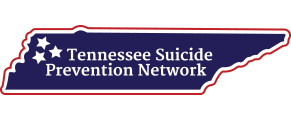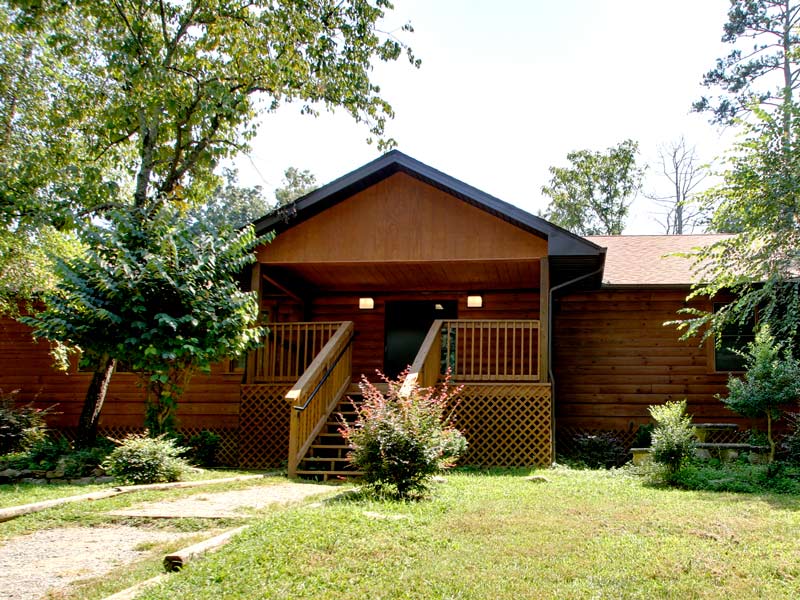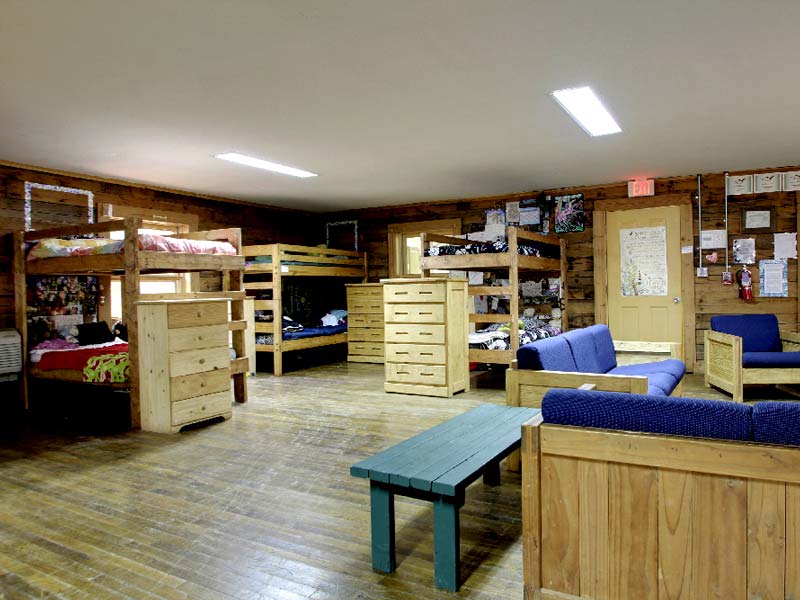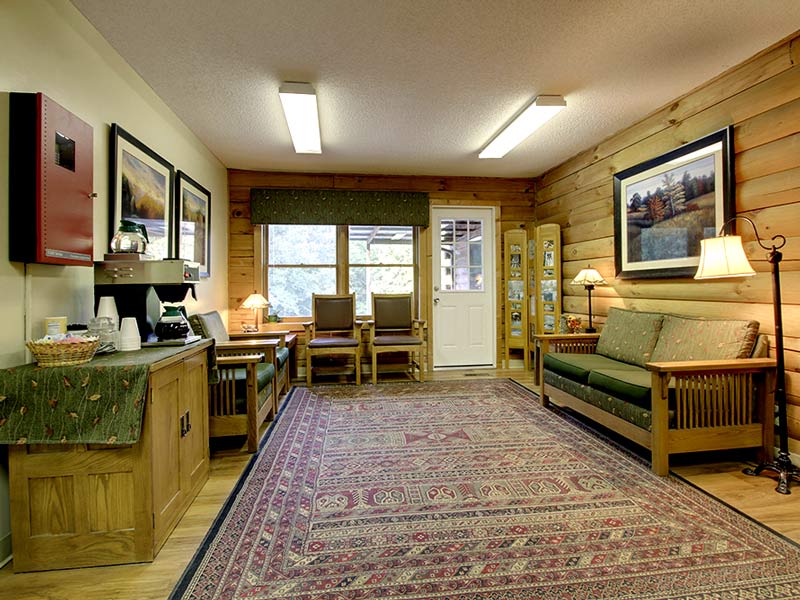No one experiences bipolar disorder the same way as someone else. Understanding the signs, symptoms and side effects of bipolar disorder is a key component toward starting the recovery journey.
Understanding Bipolar Disorder
Learn about bipolar disorder
Bipolar disorder is a serious brain disorder characterized by extreme highs and lows in mood. Teens with this disorder go through unusual mood changes, switching between periods of mania and depression. When in a manic state, adolescents may become more active than usual and feel very happy, however in a depressive state they become sad and down. The symptoms of bipolar disorder are much more powerful than the normal ups and downs experienced by every child. This disorder can make it extremely difficult for children to be successful in school, get along with peers, or even have good relationships with family members. In the most severe cases children with bipolar disorder will hurt themselves or contemplate suicide.
Although most often diagnosed in older children and teenagers, it is possible for younger children to develop this disorder. When children develop this disorder it is called early-onset bipolar and can be more severe than the type of bipolar disorder found in older children and teens. Children with bipolar disorder will experience symptoms in distinct episodes, often returning to their usual behavior or mood in between each episode. It is not uncommon for children to have more symptoms and switch moods more frequently than adults with the same illness.
The changes in mood associated with this disorder are referred to as “mood episodes” and children can develop manic episodes, depressive episodes, or mixed episodes – a combination of both manic and depressive symptoms. These mood episodes tend to last at least a week, but can continue longer. During an episode, the symptoms occur every day for almost the entire day. These intense mood episodes are accompanied by changes in behavior and energy levels.
While bipolar disorder is a lifelong disorder, with a combination of medication, therapeutic techniques, and support children can learn to live with this disorder and grow up to lead successful lives.
Statistics
Bipolar disorder statistics
The lifetime prevalence rate of bipolar disorder among adolescents has been shown to be around 1%, with as many as 6% of adolescents reporting significant symptoms. Bipolar disorder may be at least as common among youth as among adults. In a recent NIMH study, 1% of adolescents ages 14 to 18 were found to have met criteria for bipolar disorder or cyclothymia in their lifetime. According to the National Institute of Mental Health, bipolar disorder is more likely to affect the children of parents who have the disorder. When one parent has bipolar disorder the risk to each child is 15% to 30%; it goes up to 50% to 75% if both parents have the disorder.
Causes and Risk Factors
Causes and risk factors for bipolar disorder
Bipolar disorder is not considered to be the result of a single identifiable factor. Rather, researchers believe that individuals who have bipolar disorder have a number of causes working together to lead to the development of the disorder. Some possible causes for bipolar disorder include:
Genetic: Since bipolar disorder has a genetic component, those children who have a parent or sibling with the disorder are more likely than other children to develop the disorder. Up to two-thirds of individuals who have bipolar disorder have at least one close relative with bipolar disorder or major depression.
Brain Chemistry: It’s been suggested that those with bipolar disorder have abnormalities in the structure and function of certain brain circuits that may cause bipolar disorder. Individuals who are bipolar have been noted on functional MRIs to have an increased volume of certain brain structures such as the lateral ventricles and globus pallidus. Additionally, an imbalance in the hormone levels may be involved in causing or triggering this disorder.
Environmental: Certain environmental factors such as stress, abuse, significant loss, or experiencing a traumatic event may play a part in the development of bipolar disorder.
Risk factors:
- Anxiety disorders
- Substance abuse
Signs and Symptoms
Signs and symptoms of bipolar disorder
The symptoms of this disorder can present differently among teens, which causes difficulty properly diagnosing the disorder. The symptoms of bipolar disorder are grouped together based upon the presenting mood cycle and include:
Manic (or Hypomanic) symptoms:
- Distinct period of elevated or irritable mood
- Poor judgment
- Decreased amount of food eaten
- High levels of distractibility
- Hallucinations
- Delusions
- Euphoria
- Extreme and exaggerated optimism
- Reckless and risky behavior
- Increased self-confidence
- Aggressive behaviors
- Excessive irritability
- Less need for sleep without ensuing sleep deprivation or fatigue
- Grandiose thoughts
- Inflated sense of self-importance
- Racing speech
- Racing thoughts
- Flight of ideas
- Increased impulsiveness
Depressive symptoms:
- Difficulty concentrating
- Loss of interest in previously-enjoyed activities
- Loneliness
- Insomnia
- Fatigue
- Anger
- Self-loathing
- Sleep and appetite disturbances
- Indifference
- Irritability
- Lack of motivation
- Sadness
- Guilt
- Shame
- Hopelessness
- Hallucinations
- Delusions
- Thoughts of death or suicide
Effects
Effects of bipolar disorder
Bipolar disorder is a mental illness that will soon affect every aspect of a teen’s life if not properly treated. Since the diverse symptoms may indicate smaller, rather than larger problems, an adolescent may go years without proper diagnosis and treatment. The long-term effects of untreated bipolar disorder may include:
- Disorganized lifestyle
- Crumbling interpersonal relationships
- Legal consequences of behaviors exhibited during manic episodes
- School problems or expulsion
- Development of medical problems related to substance abuse and addiction
- Consequences of risky behaviors
- Self-mutilation
- Suicide
Co-Occurring Disorders
Bipolar disorder and co-occurring disorders
Bipolar disorder among children has a tendency to occur with another mental disorder. The most commonly diagnosed disorders that co-occur with bipolar disorder include:
- Substance abuse
- Alcoholism
- Obsessive-compulsive disorder
- Anxiety
- Depression
- Social phobia
- Panic disorder
- ADHD












